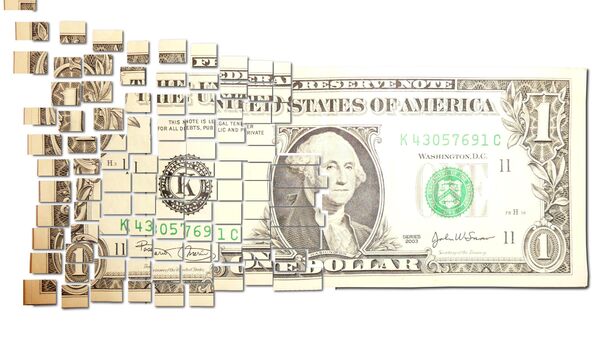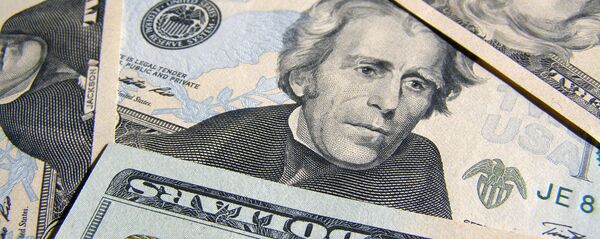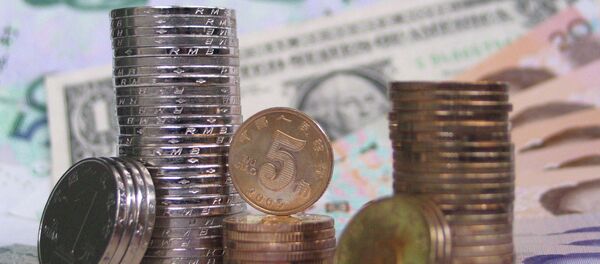Kristian Rouz – The global financial crisis of 2008 brought dramatic changes into the world of international finance, one of them being increased dollar-denominated borrowing by large companies and even governments, most prominently, in emerging markets.
Over the course of the past five years, multi-trillion credit lines were exchanged into local currencies to be used in local investment, tax payments and financial market operations, benefitting the parties involved not least due to FX rate discrepancies. The entire scheme thus turned out to be a massive carry trade undertaken by local groups of elites in emerging markets.
However, after the crisis erupted, the US Fed lowered their base interest to the ultra-low rate of 0.25%, allowing a wider variety of actors to borrow the dollar liquidity directly. Amongst such borrowers were governments and large corporations, often state-controlled monopolies and/or commodity giants, from developing nations.
At this point, the scale of international dollar-denominated borrowing had reached the stage where non-US borrowers were issuing dollar-yielding bonds, adding the risk of massive financial collapse in developing nations when the US Fed moves to hike its interest rate.
According to calculations by the Bank of International Settlements (BIS), during the period of 2009-2014, non-US bond investors (including national governments) and banks have accumulated a heavy burden of the dollar-denominated debt, amounting to somewhere between $6 and $9 trln.
Subsequently, most developing nations have developed an addiction to dollar-denominated credit, which they used to finance growth and development at home, and to address their trade imbalances internationally.
For instance, the volume of offshore dollar lending to China and their private borrowers skyrocketed to $1.1 trln over the course of 2009-2014, rising an average of 47% each year. Brazil has amassed some $456bn of offshore dollar debt, while Mexico borrowed roughly $381 bln. In Russia, the dollar-denominated debt stood at $715 bln in early 2015.
The study found that non-US actors would borrow dollars at ultra-low interest rates, then they purchased assets at home, denominated in domestic currency with a higher interest rate. The gap between the US Fed rate and local central bank rate would be a part of the profit.
Another part of the profits would be the money extracted from the subsequent devaluation in local currency, which explains the recent wave of devaluations in mainland China, Russia, Turkey, Brazil and most of developing world along with them.
There is little can be done to prevent such large-scale speculations, as the US Fed obviously lack leverage and desire to intervene – in the end, it is almost a purely domestic issue for the emerging markets involved.
However, as the dollar appreciates further and the US Fed raises interest rate, global turmoil stirred by the third-world actors’ inability to pay their debt obligations, is doomed to increase.






